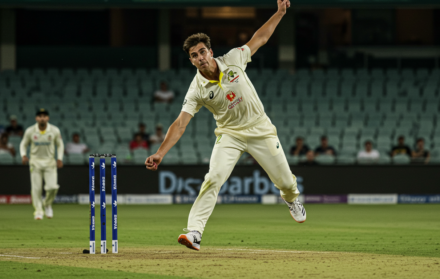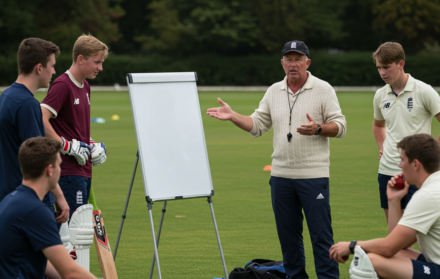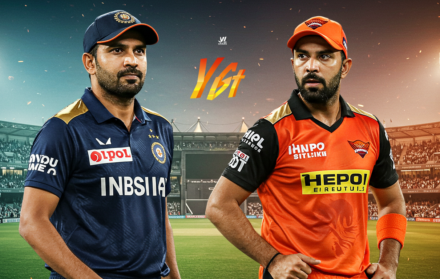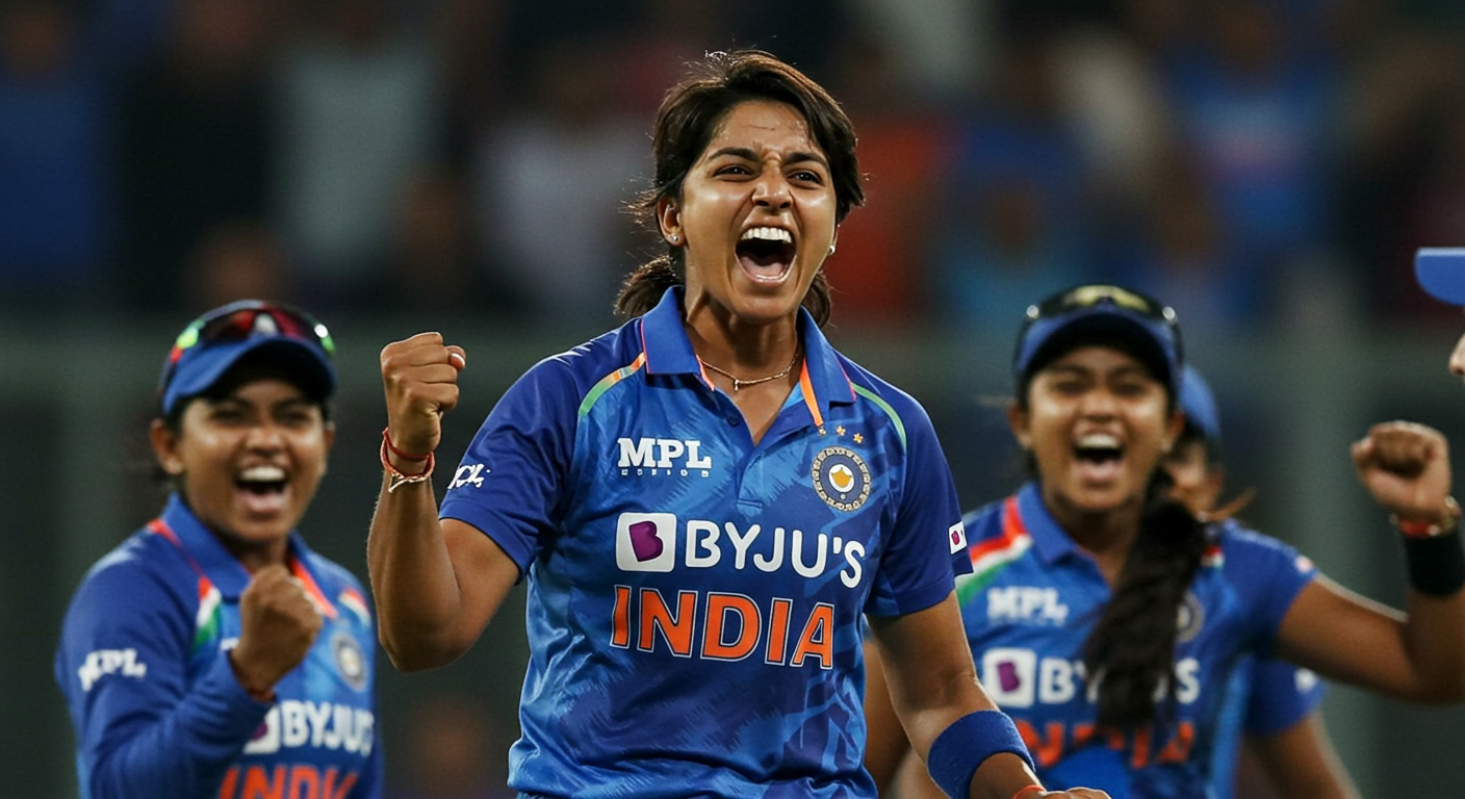
Jhulan Goswami: The Queen of Pace and Longevity in Indian Cricket
In a cricketing landscape often dominated by stories of early peaks and short-lived brilliance, Jhulan Goswami carved out a narrative of a very different kind—one marked not only by pace and precision, but by relentless endurance, unwavering discipline, and a deep, quiet leadership that changed Indian women’s cricket forever. Over a career spanning two decades, she did not just become the face of Indian fast bowling—she became its backbone.
While the glamour of men’s cricket continued to dominate the spotlight, Goswami’s journey was unfolding quietly, yet powerfully, in parallel. Hailing from Chakdaha, a small town in West Bengal, she didn’t enter the sport through privilege or access, but through sheer determination, shattering the perception that Indian women couldn’t bowl fast, and certainly not for long.
This article is not a conventional tribute to records—though hers are numerous and historic. It is instead an exploration of how Goswami endured in a sport and system that offered her few shortcuts, and how, in doing so, she redefined what a pace bowler could achieve—not just in India, but on the global stage. From World Cup heartbreaks to historic Test victories, from mentoring new bowlers to quietly holding together India’s attack year after year, her story is one of patience, evolution, and an unwavering commitment to craft.
Beginnings: From Chakdaha to the World Stage

Jhulan Goswami’s journey into cricket was not born from television glamour or urban access—it began, as so many great stories do, with a single moment of clarity. Watching the 1992 World Cup on TV, something clicked, and by the time she saw Belinda Clark and Cathryn Fitzpatrick live in the 1997 Women’s World Cup final in Eden Gardens, she had found both her dream and her direction. From there, the path was anything but easy.
Training with boys, often travelling hours just to access basic facilities, Goswami’s formative years were marked by isolation and grit. There were no women’s pace bowling blueprints in India then—no idols, no academies geared towards her kind of ambition. But instead of being deterred, she used this vacuum as fuel. Every training session, every bruised toe, every early morning net became part of a slow, steady build-up—not just of physical strength, but of self-belief.
Her debut for India in 2002, against England, didn’t immediately change the narrative of Indian women’s cricket, but it introduced something the team had rarely had before—a tall, genuinely quick seamer with the ability to trouble batters on any surface. From the outset, Goswami brought control with her pace. She wasn’t just fast; she was intelligent. She bowled long spells, hit uncomfortable lengths, and most importantly, gave India the option of playing seam-heavy strategies on the rare occasions conditions allowed.
What stood out even in her early years was her desire to understand the craft. She didn’t just want to be fast—she wanted to be consistent. That meant studying angles, watching video footage, and refining her wrist position. She wasn’t chasing headlines. She was building a legacy, one over at a time.
The Peak Years: Precision, Pressure, and Poise
By the mid-2000s, Jhulan Goswami was no longer a promising talent—she had become the central figure in India’s bowling attack, capable of bending matches to her rhythm, often without fanfare but always with intent. Her performances during this period were not characterised by dramatic spells or spectacular breakthroughs, but by an extraordinary consistency that made her invaluable across formats. She didn’t rely on mystery or swing for headlines—she relied on control, stamina, and relentless execution.
The 2006–2008 stretch marked a particular high point. In 2006, she was instrumental in India’s historic Test series win in England, where she claimed 10 wickets at Taunton and bowled with such precision and discipline that even seasoned English batters admitted to being unsettled by her accuracy. She would soon become the ICC Women’s Cricketer of the Year in 2007, the first Indian woman to win the award, marking a rare moment of recognition for a player whose achievements had often gone unnoticed beyond scorecards.
Her ability to bowl long, demanding spells gave India a rare luxury in women’s cricket: a genuine strike bowler who could also hold up an end for 10 straight overs. She was rarely erratic. Rarely flustered. And she brought a tactical sharpness that allowed India to compete on equal terms against sides with deeper resources and faster bowlers. It wasn’t just her pace—it was her understanding of line and length, of where pressure should be built and when to go searching for a breakthrough.
During this phase, she also developed a subtle variation in her wrist position to generate extra bounce—an asset that proved crucial, especially on flatter subcontinental pitches. This wasn’t brute-force bowling. It was measured and intelligent, tailored to both opposition and surface. It was fast bowling reimagined in the language of discipline.
Goswami’s rise also mirrored a slow shift in Indian women’s cricket. The team was still underfunded, under-televised, and overlooked. But performances like hers—dependable, repeatable, undeniable—demanded attention. She may not have spoken often in post-match interviews, but her spells did more than enough to carry a message: India wasn’t there to make up numbers. They had come to win.
World Cup Campaigns and the Burden of Expectation
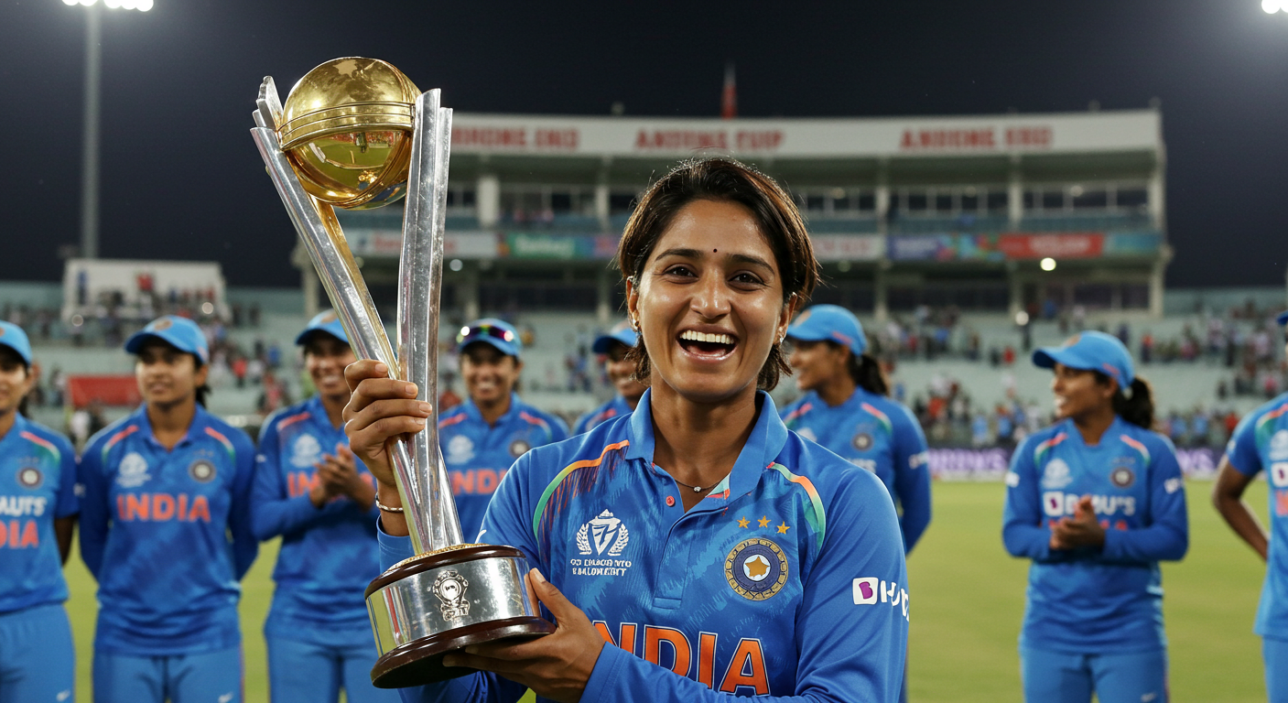
While Goswami’s record across bilateral series was formidable, it was in global tournaments—particularly the World Cups—where her stature was both magnified and tested. For all her personal success, her World Cup journey was marked by heartbreak, near-misses, and the constant tension between brilliance and what might have been.
The 2005 Women’s World Cup in South Africa was a watershed moment for Indian women’s cricket. With Goswami forming a formidable new-ball partnership with Neetu David, India reached the final for the first time in history. Though Australia proved too strong in the title clash, Goswami’s economy and tenacity against some of the best batting line-ups in the world gave India belief. She had arrived not just as a threat, but as a symbol of India’s growing credibility in the global game.
Eight years later, in the 2013 edition held on home soil, much was expected. By now, Goswami was not only the senior-most pacer but also the team’s vice-captain. However, the campaign faltered. India were knocked out in the group stage, and for a bowler who had given everything to rise through a system still lagging in support and visibility, the disappointment was acute.
The 2017 World Cup, however, became her most defining tournament. Playing in her fifth World Cup, she led the bowling attack with poise and maturity. Her spell in the semi-final against Australia—where she dismissed Meg Lanning and Ellyse Perry in the same match—was vintage Goswami: no theatrics, just relentless pressure. India reached the final. And in that final, against England, Goswami was again at her best, picking three crucial wickets and nearly turning the tide in a game that ultimately slipped away.
Though the result was another narrow loss, what stood out was how often it was Goswami who created moments of control and clarity, even when chaos surrounded her. In the World Cup’s most pressured matches, she remained unflinching. And in doing so, she gave the younger generation of bowlers—Shikha Pandey, Renuka Singh—something that had been missing when she first started: a reference point, a role model, and a benchmark.
The Second Act: Quiet Evolution and Late-Career Consistency
Longevity in fast bowling is rarely accidental. Bodies break. Rhythm fades. Reflexes dull. Yet Jhulan Goswami extended her career well into her late thirties, not by holding on sentimentally, but by evolving intelligently. She was never a cricketer who courted drama, and her late career was a testament to that same quiet control—an ability to adapt her game without ever compromising its essence.
By the time she reached the latter stages of her career, her pace had naturally dipped. But what she lost in raw speed, she compensated for with subtle movement, improved seam control, and an unmatched understanding of angles. She became a master of the first spell—often bowling unchanged through the Powerplay—and her ability to extract bounce from seemingly dead surfaces remained a rare weapon in Indian conditions.
Her training, too, evolved. Gone were the longer sessions that defined her early years. In their place came efficiency—shorter, sharper drills focused on endurance, muscle memory, and protecting her knees and ankles. She worked closely with physiotherapists and conditioning coaches, knowing exactly what her body needed—not to be rebuilt, but to be preserved. In a sport that often idolises youthful aggression, Goswami became a blueprint for thoughtful, sustained fast bowling.
Even as her contemporaries retired or faded from national selection, Goswami retained her spot, not as a nostalgia pick, but as a tactical necessity. Coaches trusted her in tight matches. Captains turned to her during new-ball spells and final overs. She remained India’s bowling metronome—never flashy, but always in tune with the rhythm of the match.
Her longevity wasn’t just physical. It was mental. Few players have stayed as emotionally level across wins, losses, selections, and exclusions. She didn’t court headlines. She simply turned up, delivered 10 overs of effort and accuracy, and walked off without fanfare.
Guiding the Next Generation

More than any award or record, perhaps Goswami’s greatest legacy lies in what she enabled for others. When she debuted, there was no model for a fast bowler in Indian women’s cricket. By the time she retired, there was a lineage—one that now included names like Shikha Pandey, Meghna Singh, Renuka Thakur, and countless others inspired by the sight of a tall, determined woman steaming in with the new ball.
She was never loud in mentorship. She didn’t impose advice. But younger players often spoke about her calmness, her ability to simplify bowling theory, and her emphasis on mastering the basics. She led by example—not by talking about hard work, but by living it every single session.
During India’s tours abroad, particularly in seamer-friendly countries like England and New Zealand, Goswami was a bowling coach in disguise. She would dissect opposition footage, walk bowlers through their lines and lengths, and adjust strategies mid-game. Her cricketing brain was as sharp as her wrist position—rarely celebrated, but deeply respected by those who shared a dressing room with her.
Off the field, too, she remained accessible. Whether it was fan interactions, grassroots events in Bengal, or informal chats with local coaches, she understood her role not just as a player, but as a symbol of what was possible. She never tried to be the face of a movement—but somehow, she became one.
When India’s newer quicks now walk out in blue jerseys, they do so knowing there’s space for them in the team, in the strategy, and in the public imagination. That wasn’t true before Jhulan Goswami. She didn’t just change the way India bowled. She changed who India believed could bowl.
A Farewell on Her Terms
When Jhulan Goswami finally brought her international career to a close at Lord’s in September 2022, it wasn’t with the pyrotechnics or televised send-off that many male cricketers have been afforded. It was, instead, understated, quietly dignified, and completely fitting for a player who had spent two decades doing the work without demanding the attention.
She left the game as the highest wicket-taker in women’s ODIs—255 wickets across 204 matches, a record unlikely to be surpassed anytime soon. Her final outing saw her claim a wicket with her last ball, a moment both poetic and unassuming, much like her career itself. There was no grand speech, no final over choreographed for the cameras. She simply walked off, head held high, her job once again completed with minimal fuss.
Her retirement marked not just the end of a playing career, but the closing of a chapter in Indian women’s cricket. With her departure, India lost not just a bowler, but a quiet architect of belief, someone who had patiently held together the spine of a developing team through decades of administrative neglect, underinvestment, and delayed recognition.
But the groundwork she laid—through spells, through sessions, through silent example—continues to pay dividends.
Jhulan Goswami: What Longevity Really Looks Like

There is a tendency in cricket to associate greatness with spectacle—with five-wicket hauls that light up headlines, or match-winning spells that turn the course of tournaments. Jhulan Goswami gave us those moments too. But her greatness was quieter, more sustained, and far more difficult to replicate. It was built on endurance, on hours in the nets, on calculated spells on unhelpful pitches, and on the mental clarity to keep showing up even when the spotlight pointed elsewhere.
For over 20 years, she was India’s constant—through generations of batters and captains, through changing formats and shifting priorities. Her commitment never wavered. She gave her body to fast bowling, her brain to tactical evolution, and her heart to a team that often relied on her more than it knew.
She wasn’t a marketing dream. She wasn’t brash, quotable, or performative. But she was reliable, relentless, and quietly revolutionary.
In a sport where careers are often remembered for their peaks, Goswami’s deserves to be remembered for its stretch—for how long she carried the new ball, how often she was handed the tough overs, and how many times she reset the field with purpose rather than panic.
She did not simply play the game. She anchored an era of it.
And in doing so, she gave India a fast bowler who didn’t just survive in a system that never expected her—she flourished, and left behind one that finally does.
